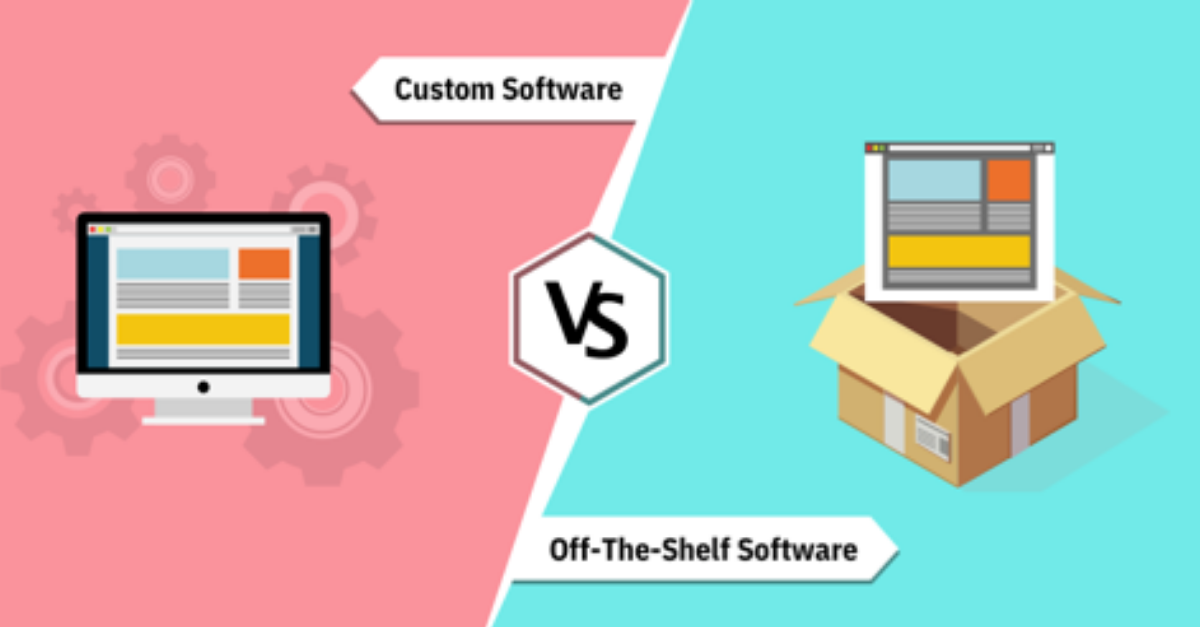Your business is expanding into new markets, your customer base is expanding, and therefore you are always looking for new efficient logistics solutions. At the same time, more than 50% of your less fortunate peers are losing revenue, customers, and markets due to gaps in logistics automation. Which half you end up on in the next iteration of your software depends on you making the right choice today.
The choice can be more complicated than between right and wrong. For example, should you invest in a custom logistics solution tailored to your unique workflows, or should your choice be an off-the-shelf system already in place? Digiteum, a web app agency, is known for its merits in developing custom solutions: they have the ability to create systems that are perfectly suited to their clients’ unique workflows.
Your choice between the right and wrong solution can lead to inefficiencies, increased costs and finally — loss of competitive advantage. Below, we’ll explore the pros and cons of custom and off-the-shelf logistics software. Upon reading, you will be able to make an informed choice according to your business needs. If you’re thinking of starting a logistics business, here are 30 Most Profitable Transportation and Logistics Business Ideas from My Investment Ideas.
What Is Custom vs. Off-the-Shelf Logistics Software?
Understanding the fundamentals of the problem is key to getting the solution in the right direction. At the start, you have to choose between a template solution and a personalised solution. The difference depends on the company’s business objectives, that size or — the right strategy. In detail:
1. Software for personalised logistics
Customised solutions are designed and developed specifically for your business. They reflect your unique workflows, integrate with existing systems and solve problems that template software may not notice, such as: the ability to collect and process unique reports and analytics, business growth issues when scaling, security standards requirements and custom UI solutions.
2. Off-the-shelf logistics software
These are off-the-shelf software solutions that are already established and widely available for purchase or subscription. They are often quicker to implement and have standardized features suitable for common logistics needs: managing transport, warehouses, supply chains and generating reports and analytics. This standardized approach can cover the needs of small and medium-sized businesses such as retailers, online shops, and companies that provide trucking services.
Key difference: Dedicated software provides flexibility and scalability — requirements common to large companies; and off-the-shelf tools emphasize speed and cost-effectiveness — requirements common to startups and small companies.
-
A common misconception
Isn’t off-the-shelf software always cheaper? — you may ask yourself the obvious question. Not necessarily — answer the experts at Digiteum, a web application studio. While initial costs may be lower, the limitations of scaling and adapting to your processes can lead to higher costs in the long run.
Advantages and Drawbacks of Custom Logistics Software
Advantages and disadvantages of personalised logistics software
In the language of benefits, personalised logistics software is created in such a way that it covers all possible variations of your company’s logistics processes, and to take into account their perfect compatibility with existing platforms, ideally seamlessly. In the scaling phase, as your business grows, the software should evolve with your product, adapting to new processes and growing demand. Custom features and optimizations designed to simplify your company’s operations convert into a competitive advantage.
Disadvantages:
- Higher upfront costs compared to template solutions: Development requires a significant investment, both financial and time.
- Tedious: A customised solution can take months to build and deploy; in comparison, an off-the-shelf solution can take a few to one month.
- Resource-intensive: Continuous maintenance and upgrades are required to remain effective.
- Example: Digiteum developed and deployed a cloud-based rental management platform. This allowed the client to integrate core rental and payment services, reduce development time for new features, and increase system scalability.
When to choose custom software:
- If off-the-shelf solutions lack critical functionality for your operations.
- Your logistics processes are highly specialized.
- You plan for long-term growth and scalability.
Advantages and Drawbacks of Off-the-Shelf Logistics Software
Speaking of the advantages of ready-made logistics software, among the first is fast implementation: by starting work in cooperation with professionals, in just a few days or weeks your project will go through all the stages of formation — it will be launched. This solution is ideal for start-ups — products or services that want to conduct a battlefield exploration — or for companies with a limited budget. The installed software has basic functionality such as inventory tracking, route planning, warehouse management, order processing and reporting for analytics. In general, such software has a good reputation and support from the vendor.
Disadvantages
- Limited flexibility: Basic functionality can to fulfil all your business processes.
- Scalability issues: Adapting the software to meet your growing needs may not be possible or compatible, but in any case expensive
- Provider dependency: The provider dictates terms through paid subscriptions. Support service is usually there, but also with limitations through paid plans.
- Example: Most e-commerce companies use off-the-shelf software to automate deliveries. This approach allows them to reduce their logistics related operational costs by 30% per year.
When to choose off-the-shelf software:
- Immediate functionality is a priority.
- Your logistics processes — they are relatively standard.
- You are testing automation on a small scale.
Making the Right Choice
The size of your business, the complexity of your operational processes, and your strategy for long-term goals are your criteria to help you determine the choice between off-the-shelf and custom software in the logistics industry. Details:
| Function/need | Custom Software | Ready-made software |
| Initial cost | High | Short |
| Implementation time | longer | Briefly speaking |
| Flexibility | High | Limited |
| Scalability | Great | Often limited |
| Tool integration | Seamless (customizable) | Workarounds may be required |
The alternative is a hybrid approach: Some web application agencies offer a middle ground. It is about taking an off-the-shelf solution as a basis and adapting it to the specific needs of the client. This combined approach is justified because it gives you the opportunity to save time and money while providing more flexibility than standard software alone and less cost than software developed from scratch. Read all about choosing logistics management software in Global Trade Magazine.
Conclusion
The availability of off-the-shelf logistics software is not a universal solution; it does not cover all the needs of a logistics business. In turn, specialized software, although providing unrivalled flexibility and scalability, requires high investments that are beyond the means of start-up businesses. To summarize, the former is fast and cost-effective, while the latter is too slow in the start-up phase for a business that requires a solution here and now.
Your choice lies in assessing your current business needs and scalability. Budget considerations will become clearer if you compare initial costs with long-term value. Your choice should coincide with software that is available now, fulfils all the necessary operational functions, and can be adapted to the growth prospects of your business.
If you are still unsure, consult an expert. The right logistics software can transform your operations, increasing efficiency and profitability.





























